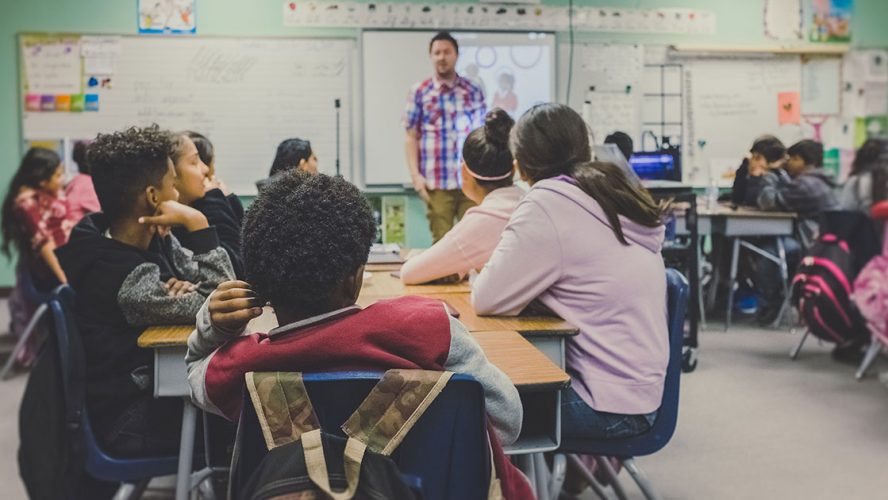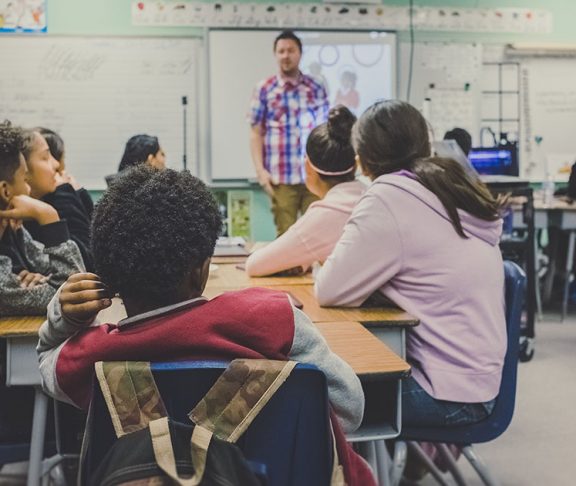Since technology first surfaced as a possible game-changer in education, significant promises have been made that it would reshape education and improve learning experiences and outcome for students. Educators know, however, that few tech innovations have independently and completely fulfilled such a bold guarantee. In recent years, a new wave of technology has arrived in our schools with an assurance it would increase engagement, personalize learning and enhance learning opportunities for all students. More important, technology now provides the possibility of learning that is more attuned to students’ interests and challenges, thus defining personalization in ways that are beneficial to student success.
Unfortunately, new technologies often leave too many education leaders wondering if the adoption was worth the financial investment. Perhaps we view this commitment with the wrong lens. If we consider the technology investment in isolation, we fail to recognize what great educators know and studies show: that education technology can’t succeed if we don’t first invest in professional learning so that educators can embrace the potential of technology as a powerful collaborative tool and not as a standalone solution.
Technology’s place
Educators have generally accepted that digital devices, apps, and social media have a place in the classroom if used thoughtfully and in line with established safeguards. There are many examples of how technology helps students and educators collaborate, opens new worlds of possibilities, and, with tools like virtual reality, lets students “visit” locations around the world. No technological tool has been able to replace a great teacher, however, and great teachers can’t use technology effectively without support and training. Simply stated, without high-quality professional learning, educators may not be able to leverage tools to their fullest potential.
Effective professional learning engages educators in exploration of different technologies and their uses and helps them make informed connections across pedagogy and content. By investing in powerful professional learning, we tell teachers that their own growth is a priority. We allow for collaborative relationships to develop that become strengthened by mutual trust and sharing. As a result, teachers effectively implement technology so that it is not a distraction but a natural extension of the learning experience.
Using technology efficiently
Although it seems that all students are digital natives, we must keep in mind that learners need a variety of opportunities to engage with technology. It is not enough for students to merely have access to technology and the internet. They also need well-trained educators who are thoughtful about how technology can help prepare students for the skills they will need to thrive in the future, including thinking critically, working collaboratively, and being productive communicators, innovators and problem solvers. To be effective, teachers need to harness the best of what technology offers.
One of the priorities we must make is to identify a robust method for broadly sharing effective uses of technology rather than keeping successful strategies and learning activities to ourselves. Sharing ideas far and wide can have a profound effect on the lives of students. I’ve had the good fortune of observing amazing examples of technology-rich learning processes like engaging with international pen pals, taking virtual reality tours through art museums across the world, or developing student-produced movies. It has been heartwarming to observe students genuinely engaged in and charting their own learning progressions. In this way, learning becomes more personalized and relevant, and it produces measurable outcomes that align and validate the purchase and use of new technologies.
Future possiblities
When I think about the responsibility of educators to prepare students for their futures, I am struck by the overwhelming truth that we do not definitively know what their futures will look like; we can only anticipate possibilities. We do know, however, that our students will inherit a future that is more globally interconnected and that demands a working knowledge of how to harness technology to access content, develop international partnerships, and use data to resolve pressing issues. By tapping into the powerful potential of technology, coupled with meaningful professional support, educators can ensure they are offering hope to their students that they will be prepared for a highly digitalized, interconnected world.

